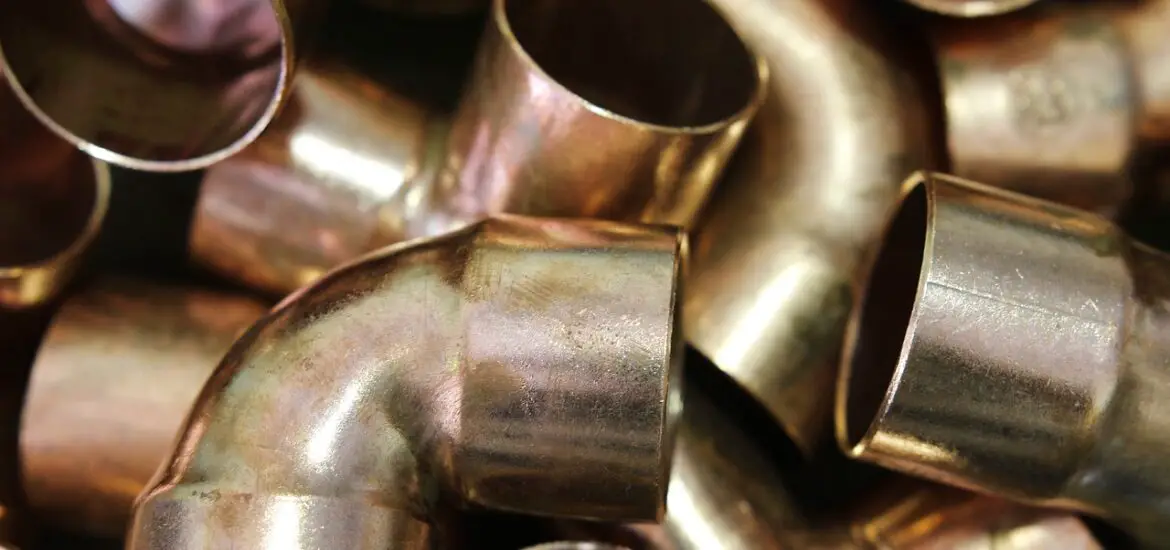U trap in refrigerant piping may not be a household name, but it plays an essential part in our everyday comfort. It’s a piece of engineering brilliance that deserves a fair share of the limelight in the HVAC universe. From system performance to efficiency, this underrated component has got a lot under its belt. So, what exactly is it? Why should you care? Buckle up for an in-depth journey into the world of U traps in refrigerant piping.

Table of Contents
U Trap in Refrigerant Piping– The Basics
Definition of a U Trap
Ever noticed how some tubes, especially in your air conditioner, have a U-shaped bend? That’s a U trap for you. It’s not just there for aesthetic appeal; it serves a functional purpose. In the realm of refrigerant piping, it’s a device that prevents the undesired flow of refrigerants in your HVAC system, keeping your system operating like a well-oiled machine.
Importance of U Traps in HVAC Systems
Imagine a day without your AC working efficiently. That’s a bit of a nightmare, isn’t it? That’s where U traps save the day. They ensure the optimal flow of refrigerants, thus maintaining your HVAC system’s performance. Now, that’s something to appreciate, right?
Different Types of U Traps
Just like people, U traps come in different shapes and sizes too. From copper to plastic and varying in design, there’s a wide range to suit different HVAC systems. Isn’t it amazing how these little things adapt to diverse needs?
Working Principle of U Traps in Refrigerant Piping
Basic Functionality
Imagine a traffic cop directing the flow of cars. That’s what a U trap does but with refrigerants. It ensures they flow in the correct direction, making your HVAC system run smoothly. Simple, yet significant, isn’t it?
U Trap’s Role in Vertical Piping
Think of a U trap as an elevator in your refrigerant piping, helping refrigerants rise against gravity. The U trap contains a little extra refrigerant to create a gas lock, making vertical piping possible. Who knew fighting gravity could be so cool?
Impact of U Trap on System Efficiency
Can you guess what happens when the refrigerants flow as they should? Bingo! System efficiency hits the roof. U traps are instrumental in optimizing energy consumption in HVAC systems. Now, who doesn’t love a bit of energy conservation?
Installation of U Traps in Refrigerant Piping
When to Install a U Trap
Remember, not all HVAC systems might need a U trap. You typically install it when there’s vertical piping involved, or the piping run exceeds a certain length. Pretty neat, huh?
How to Properly Install a U Trap
Installing a U trap is like assembling a puzzle. First, you cut the pipe at the right spot. Then, you solder the U trap into place, ensuring it’s properly positioned. It’s a delicate dance of precision and skill. And voila! You have a U trap installed.
Common Mistakes in U Trap Installation
Errors in installing a U trap? You’d be surprised. It could be as simple as positioning it in the wrong place or even using the wrong size. But don’t worry, knowledge is power. With the right information, you can avoid these hiccups.
For more articles on refrigerants, click here: Articles on Refrigerants: The Ultimate Guide to Understanding Them
Maintenance and Troubleshooting of U Traps in Refrigerant Piping
Routine Maintenance of U Traps
Caring for your U trap is as vital as caring for your favorite pet. It involves routine check-ups and occasional clean-ups. This helps ensure it remains in top-notch condition, serving your HVAC system right.
Signs of U Trap Failure
If your HVAC system starts acting up, your U trap might be the culprit. Reduced cooling, unusual noises, or even refrigerant leaks can indicate a troubled U trap. It’s like your U trap crying out for help.
Troubleshooting Common U Trap Issues
Now, we’re on to the detective work. Pinpointing U trap issues involves inspecting for blockages or leaks, and checking if it’s correctly installed. Once you find the issue, it’s just a matter of addressing it right. Pretty straightforward, isn’t it?
Conclusion: The Crucial Role of U Traps in Refrigerant Piping
In a nutshell, U traps in refrigerant piping are like the unsung warriors of HVAC systems. Their role, though often overlooked, is critical for system performance and efficiency. Correct installation and maintenance? That’s the cherry on top. So, next time your HVAC system runs smoothly, know that the humble U trap had a hand in it. Isn’t it time we gave it its due credit?